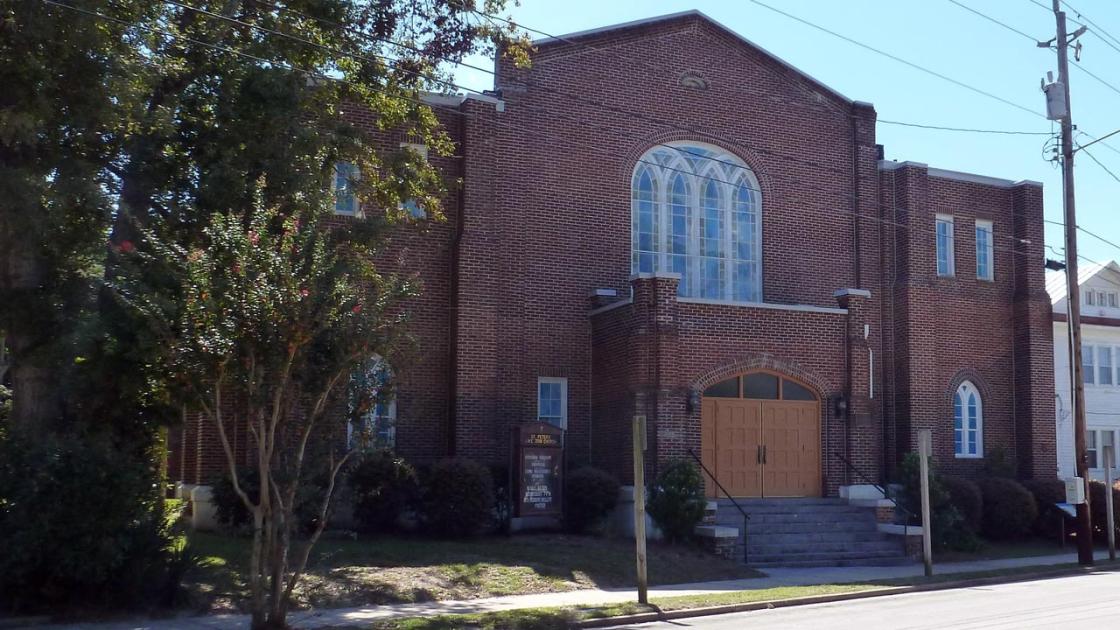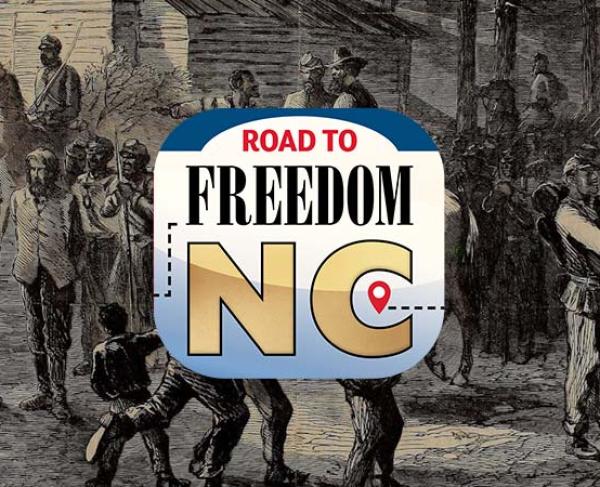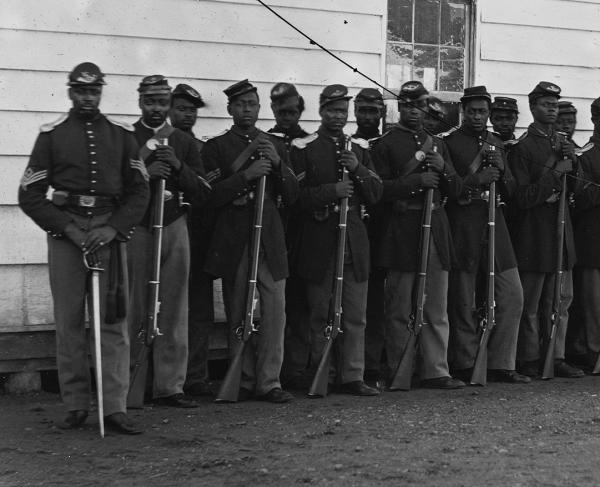St. Peter’s AME Zion Church
North Carolina
617 Queen St
New Bern, NC 28560
United States
This heritage site is a part of the American Battlefield Trust's Road to Freedom: North Tour Guide app, which showcases sites integral to the Black experience during the Civil War era. Download the FREE app now.

The people of St. Peter’s African Methodist Episcopal Zion (AMEZ) church are spiritual descendants of resilient Black Methodists who helped shape New Bern’s historic African American community and the “Mother Church of Zion Methodism in the South.”
Missionary visits before the Revolution led to New Bern’s Methodist society blossoming to 387 Black and 296 white members by 1797. They built a meetinghouse on Hancock Street above South Front Street in 1802, where Black worshipers gathered in a separate afternoon service until the white members completed a separate building in 1843. In 1844, the Methodist National Conference resolved that James Andrew could not be a bishop and an enslaver, leading the Methodist Episcopal Church South to break away. By 1849, white leaders designated New Bern’s Black Methodist church “Andrew Chapel.” Andrew Chapel, drawing on New Bern’s unique community of free and enslaved Black artisans, grew to an impressive 1,135 members by 1853. The church became a cornerstone for developing leaders who would go on to make significant contributions to both the church and the city.
War and Union occupation brought disruption and opportunity to New Bern. In 1862, there was no pastor assigned to the “Andrew Chapel Mission.” Black congregational leaders engaged with Black and white preachers who competed to serve a community expanding with newly freed refugees, while hosting a school run by the Union army in what was becoming known as “St. Andrew’s Chapel.” Early in 1864, James Walker Hood, representing the Black-led AMEZ denomination known as the “Freedom Church,” won over St. Andrew’s leaders. When Hood's competitors continued their efforts to challenge him, his visit to Washington, DC, played a pivotal role. It led the Secretary of War to issue a ruling stating, "The congregation worshiping in Andrew Chapel are permitted to select their own pastor." Hood preached to an overflowing assembly at St. Andrew’s on Easter Sunday. Afterwards they agreed unanimously to join with Zion and accept Hood as their minister.
St. Andrews hosted numerous gatherings where New Bern’s Black community helped shape the civil rights agenda both during and after the war. Hood served St. Andrew’s Chapel and contributed to New Bern’s reconstruction for three years before moving on to other leadership roles in the church, government and education. After decades of conflict, New Bern’s white Methodists reclaimed the Hancock Street church, and the AMEZ congregation purchased this land on Queen Street where they began worshipping under the new name St. Peter’s AMEZ church by 1886. They dedicated the current historic structure in 1914 and rebuilt it over several decades after the Great Fire of 1922. As the first Zion congregation in the South, St. Peter’s remained in the forefront of the denomination’s spread across the state and region following the Civil War.
Know Before You Go
The St. Peter’s congregation continues to serve New Bern and welcomes people from around the world who visit this historic city.
Acknowledgement
Local historians Breda and Bernard George present a well-documented, persuasive interpretation of this congregation’s significant historic names, in “Andrew Chapel: A Story of Race, Faith & Culture in 18th Century New Bern,” Journal of the New Bern Historical Society, 26:1 (2019), 32-45.

